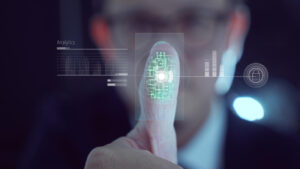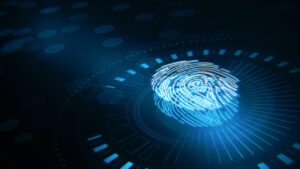The Internet of Things (IoT) is a popular trend today where a network of things or objects are interconnected over the internet stated Bahaa Abdul Hadi. The many applications of IoT have made it popular, and it is one of the trends for the future. A key concept that is used in IoT is decentralized identity. We examine the intersection of decentralized identity with IoT.
What is Decentralized Identity?
Decentralized identity helps in ensuring people are able to control their digital identity on their own. It cuts down the need to depend on a service provider. A digital identity helps in identifying an individual online. Digital identity includes user names with password, govt. identity numbers, and also data from search history, buying history, etc.
Decentralized identity allows an organization to quickly verify someone’s identity. There is no need to contact the agency that has issued an identity document. While traditional identity verification takes a long time, decentralized identity can be verified instantly. Its other benefits include reduced cyber threats, improved data security, and prevention of certificate fraud.
Individuals benefit from decentralized identity in the following ways:
- It helps them control their data effectively.
- They can establish their identity online without having to rely on a third party.
- They can manage data and device tracking while online.
- Once their data is stored, no one can take away their decentralized identity.
Decentralized Identity and IoT
In IoT, verifying identity is critical. There are many challenges for IoT devices when it comes to managing relationship between devices and users:
- There are no specific stands for devices. Interoperability is thus a challenge.
- Integrating identity management in the IoT system calls for many challenges.
- Security is a key concern with many cyber threats abounding and requires paramount consideration.
Decentralized identity and a framework using the same is beneficial in IoT. The benefits of using such a framework include:
- It ensures interoperability allowing users to exchange data with other entities seamlessly.
- Integration into the IoT system is easy for device makers as well as solution providers.
- The access control becomes user-centric making it beneficial for users. The users have complete control over their data.
- There is transparency in the interactions between data owners and the requesters. Smart contracts can be used to make the transaction process more transparent.
The potential of IoT as a technology is immense. IoT has a lot of offer and the security and transparency can be enhanced by using decentralized identity. The article was authored by Bahaa Abdul Hadi and has been published by the editorial board of Identity Herald. For more information, please visit www.identityherald.com.




